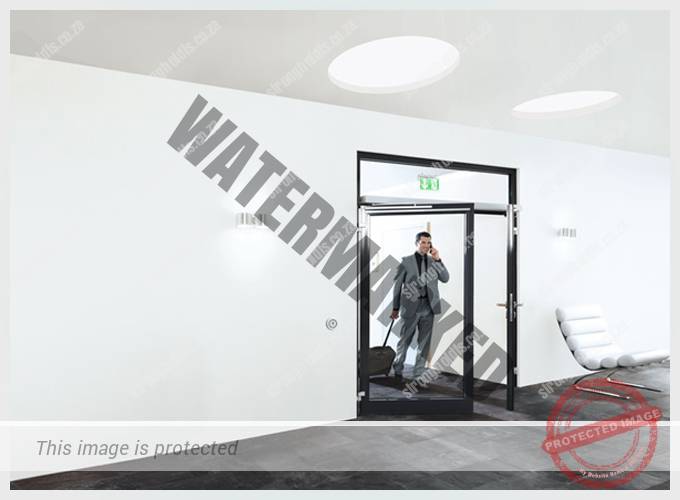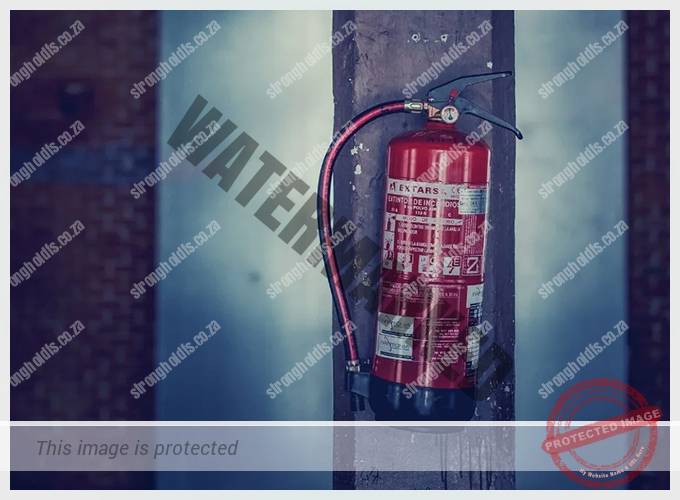The Importance of Fire Doors for Creating Safe Buildings
Building design today, and throughout the 20th century, has been significantly shaped by fire safety considerations. Architects today are familiar with the wide range of code requirements for a building to be compliant, from materials, to fire extinguisher locations, to fire-rated walls and doors. As buildings have become better-equipped to withstand fire emergencies, however, modern life has simultaneously increased the amount of fire hazards we live with.
In the US alone in 2018 there was a civilian fire death every 2 hours and 24 minutes, taking almost 3,000 lives in total and additionally costing $25.6 billion USD in property loss. One of the problems is that modern-day fires progress more quickly due to the prevalence of synthetic materials in the home. According to John Drengenberg, Consumer Safety Director at Underwriters Laboratories, inhabitants 30 years ago had 14-17 minutes to escape a house fire, on average. Today, it’s closer to 2-3 minutes. A small flame can become life-threatening in as little as 30 seconds, and it can take less than five minutes for a fire to engulf an entire property.
Like people, fires use doors to reach different areas of a building. While it can burn through walls (especially if not fire-rated), fire will naturally take the path of least resistance, which is most often a door. If the doors themselves are not fireproof, they can even contribute to the strength and spread of a fire. Fire doors, doors with a specified fire-resistance rating, can help contain fires to one room or part of a building and slow the spread of the fire, which allows more time for firefighters to arrive and occupants to escape.
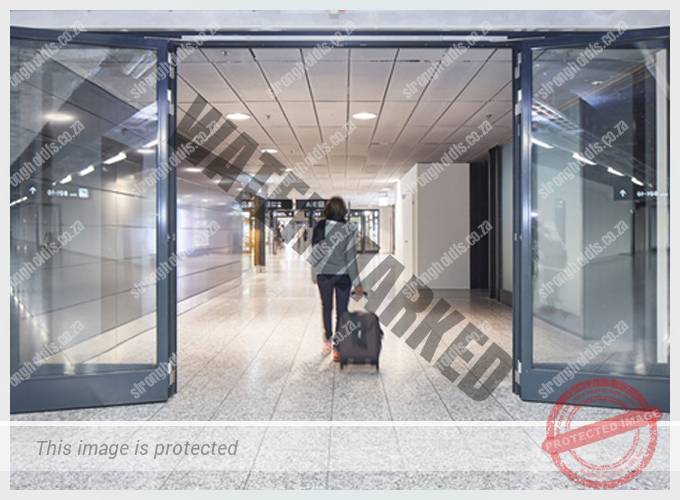
Photo courtesy of dormakaba
Of course, this only works if every component is fire-rated and third-party-approved to resist fire. All components of an entry system, including the doors, closers, hinges, locks, intumescent seals, panic hardware, hold-opens, and free-swing devices and signage, should all be specified by an expert and officially approved.
None of this will effectively stop fire spread, however, if the door itself is left open. Just as fire doors are an obstacle for fires spreading from one part of a building to another, they can sometimes also be an obstacle for people trying to get from one part of the building to another. This can lead a building’s inhabitants to find an informal solution to keep the door open and their access unrestricted, such as wedging it open with a piece of wood or cardboard. Therefore, for fire doors to be effective, they must be easy to use and not restrict access for those in the building.
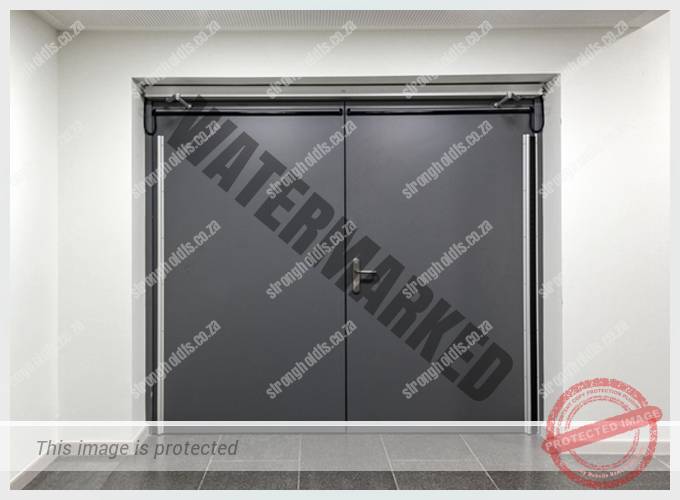
Photo courtesy of dormakaba
Additionally from a legal perspective, if a facility wedges a fire door open, they could invalidate their insurance or even suffer criminal penalties. Modern fire door models have features that allow the door to remain open, but automatically close in an emergency. An inbuilt fire and smoke detector can be connected to the building’s central system, activating the door closer the moment the alarm goes off. This way, the fire door can save lives in an emergency without creating a hindrance in day-to-day life.
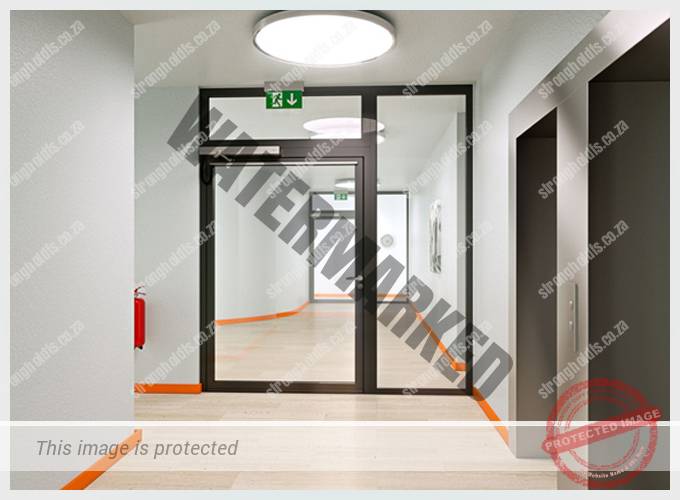
Photo courtesy of dormakaba
Fire doors can naturally be heavy if this is not mitigated, which is one reason inhabitants may try to hold the door open. An adjustable powered closer is an additional way to fine-tune the closing force to the exact requirements while also minimizing the opening force. While technology is helpful, education of the building’s inhabitants is also a piece of the puzzle. Some fire doors will include a sticker stating that they must remain closed for fire safety, a simple but important reminder for those using the building.
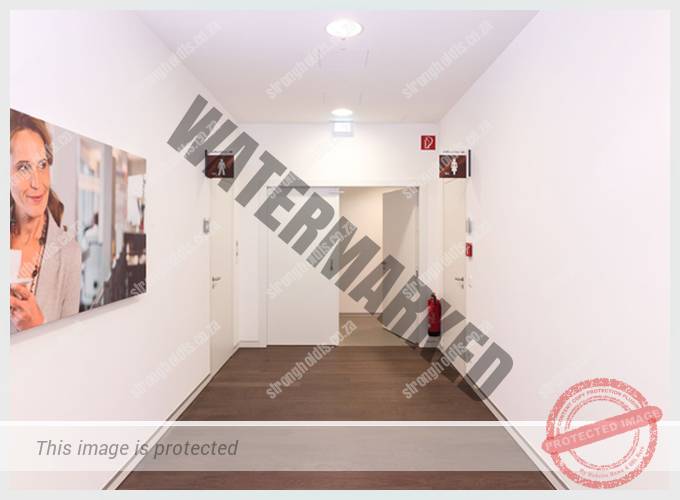
Photo courtesy of dormakaba
Fire doors are one of the most important elements in slowing fire spread for large buildings and complexes, from office buildings to multi-family applications and more. Various other aspects of a building may also increase its risks in the case of a fire event. For example, healthcare environments like hospitals and retirement communities have a higher occurrence of mobility challenges to consider in terms of exiting. Also, depending on what else is housed in the building, such as flammable storage, the fire could catch and spread more quickly. In each of these instances, fire doors and closers are crucial in slowing the spread of fire. For specific door and door hardware needs, it can be best to work with an expert consultant through the planning process to ensure all the necessary requirements are understood as early as possible.
Article courtesy of Dormakaba.com
